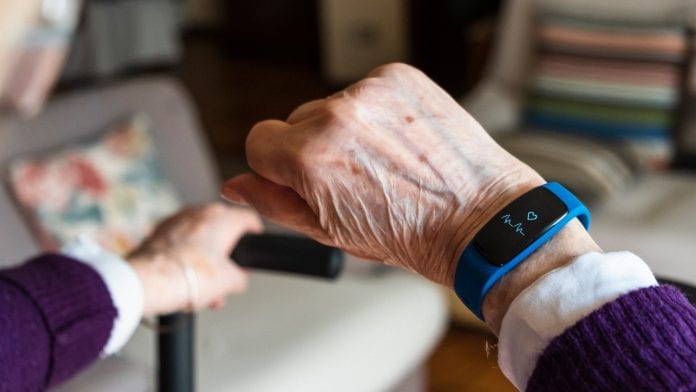
Disabled & Elderly Assistive Technologies Market Projected to Grow at a CAGR of 7% by 2030
Share

The global Disabled & Elderly Assistive Technologies Market is set to witness significant growth, with a projected Compound Annual Growth Rate (CAGR) of 7% during the forecast period by 2030, according to a new report by Next Move Strategy Consulting.
Download Your Free Sample Today!
Assistive technologies encompass various products, devices, and systems designed to improve the functional capabilities of children, elderly individuals, and people with disabilities. These technologies empower users by enabling greater independence and improving their quality of life. Examples include walkers for enhanced mobility, hearing amplification devices, and communication aids for better interaction.
Market Insights and Growth Drivers:
- Key Market Trends: The rising population of disabled and elderly individuals, coupled with growing awareness of health and independence, is fueling the demand for assistive technologies. Government subsidies and increasing investments from major players are further driving market expansion.
- Challenges: Despite the growth trajectory, high costs and low acceptance rates of certain products may act as barriers to adoption. Addressing these challenges will be critical to unlocking the market’s full potential.
- Opportunities: The rising trend of independent living and advancements in healthcare are creating opportunities for market players. Increasing awareness about assistive technologies in emerging economies adds further impetus to market growth.
Product Segmentation:
The market is segmented into the following categories:
- Mobility Assistance Aids: Wheelchairs, mobility scooters, crutches, canes, patient mechanical lifts, walkers, and rollators.
- Assistive Furniture: Medical beds, riser reclining chairs, railings, bars, and automated door openers.
- Bathroom Safety & Assistive Products: Commode chairs, shower chairs, and ostomy products.
- Communication Aids: Speech and writing therapy devices, hearing aids (including BTE, ITE, RITE, BAHA, cochlear implants), and vision aids (video magnifiers, braille translators).
The medical ambulatory and mobility aids segment dominates the market and is expected to retain its lead during the forecast period due to rising incidences of limb immobility.
End-User Insights:
Key end-users include hospitals, elderly nursing homes, homecare settings, and others. Hospitals currently lead the market due to their adoption of advanced assistive technologies, but the homecare segment is gaining momentum as more individuals opt for aging in place.
Geographical Overview:
North America holds the largest market share, driven by high disposable incomes, technological advancements, and government reimbursement programs. Meanwhile, the Asia Pacific region is poised for substantial growth due to its increasing elderly population and government efforts to promote assistive technologies.
Leading Market Players:
Prominent players in the global market include Ai Squared, Siemens Ltd., Invacare Corporation, Widex Ltd., Sunrise Medical LLC, Sonova Holding AG, GN ReSound Group, Starkey Hearing Technologies, William Demant Holding A/S, and Drive Medical Design and Manufacturing.
Conclusion:
The disabled and elderly assistive technologies market is on an upward trajectory, driven by increasing awareness, rising demand for independence, and technological advancements. While North America leads the market, the Asia Pacific region’s rapid growth highlights the global potential of this industry. Overcoming cost barriers and improving product accessibility will be crucial to sustaining growth and meeting the evolving needs of users.